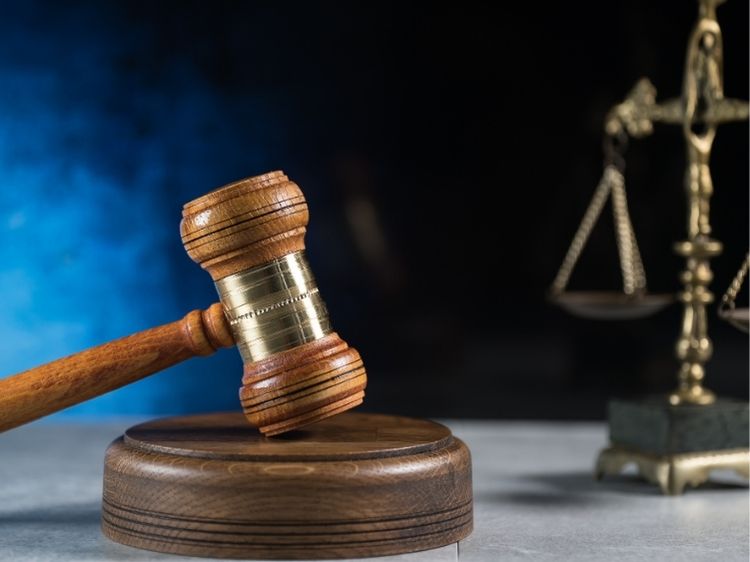The term “martial law” is one that frequently causes heated debate and intense reactions. It refers to a situation where military power temporarily takes over civilian government, usually during periods of crises. In the event of civil unrest, natural disasters as well as threats to the security of our nation military law is adopted to restore peace and order. But, the consequences could range from the restoration of peace, to the deprivation of freedoms of the citizens. This article delves into the idea of martial law, examining its historical origins, practical applications, and possible effects.
What Is Martial Law?
Martial law can be described as a legally-based system that gives military forces the ability to temporarily control the civil administration. It is typically declared by an administration in the event that traditional law enforcement agencies aren’t able to handle a crisis effectively. In a martial law regime, leaders of the military could be given powers of executive, legislature, or judiciary power, frequently infringing the rights of citizens.
The extent and duration of martial law differs based on the country and the situation. In some instances it could include curfews, limitations on public gatherings and the removal of rights to civil liberties like freedom of speech and mobility. While these steps are intended to ensure stability however, they raise major concerns regarding violations of authority and human rights violations.
Historical Context of Martial Law
The practice of martial law is a long and complicated background, which dates to the earliest times of civilization. In the past governments have used martial law during times of crisis and wars or during periods of political unstable. One example of this can be the declaration that declared martial law throughout the United States during the Civil War. In the Civil War, President Abraham Lincoln suspended habeas corpus which gave the military authority to imprison people without trial. The decision, although controversial, highlighted the efforts made by the government to preserve peace during a national turmoil.
In the same way, martial law was declared in other areas of the globe including the Philippines under the tyranny of Ferdinand Marcos in the 1970s. The official explanation was to combat an alleged communist uprising, many critics claim that it led to massive human rights violations in addition to the concentration of power to just a few.
The Legal Basis for Martial Law
The legal basis for martial law is different in nations. In countries with democratic constitutions that have a constitution, it is usually subject to constitutions or emergency power legislation. For example for instance, in the United States, martial law is declared by the Governor of the state or President according to the size and the nature of the emergency. However, these declarations are subject to review by a judge to ensure that they are not misused.
Contrary to this, dictatorships might impose martial law with no checks or balances that are in place, leading to a greater risk of misuse. This distinction emphasizes the significance of legal safeguards in safeguarding the rights of citizens in exceptional situations.
Implications of Martial Law
The declaration of martial law can have far-reaching consequences for both governments as well as citizens. On the other side, it could restore peace and stability in the midst of chaos, while ensuring the safety of people and the availability of vital services. However it is often with the price of individual freedoms, as restrictions on speech, arbitrarily arrested people or military court trials becoming more commonplace.
A delicate equilibrium between ensuring security while preserving the principles of democracy is a constant issue. Many critics believe that martial law is dangerous, and could lead to the emergence of authoritarian tendencies within democratic systems. Therefore the transparency of accountability and openness are vital in making sure the martial law system is only used in the last instance and not than a tool to aid in consolidating power.
Modern Perspectives on Martial Law
The modern age technological advancements and communications have greatly influenced the use for martial law. Global news and social media sources make it more impossible for government officials to enforce martial law without scrutinizing. Human rights organisations and international organizations advocates play a crucial part in monitoring and exposing violations, and putting pressure on regimes who overstep their boundaries.
Additionally, increased public sensibility and civic engagement have empowered citizens to challenge and question the legitimateness of martial law declarations. This is a sign of the importance of a vigilant and educated society in preventing excesses by the authorities.
Conclusion
Martial law remains a controversial and effective way of dealing with problems, balancing a delicate line between maintaining order while not compromising freedoms of the individual. Its historic significance and current applications show the difficulties in governing in periods of chaos. Although martial law is required in the most extreme of circumstances but its application must be guided by the principles of transparency, justice, and accountability. When we understand the implications of martial law societies are better able to navigate the challenges it presents and preserve their democratic principles.
